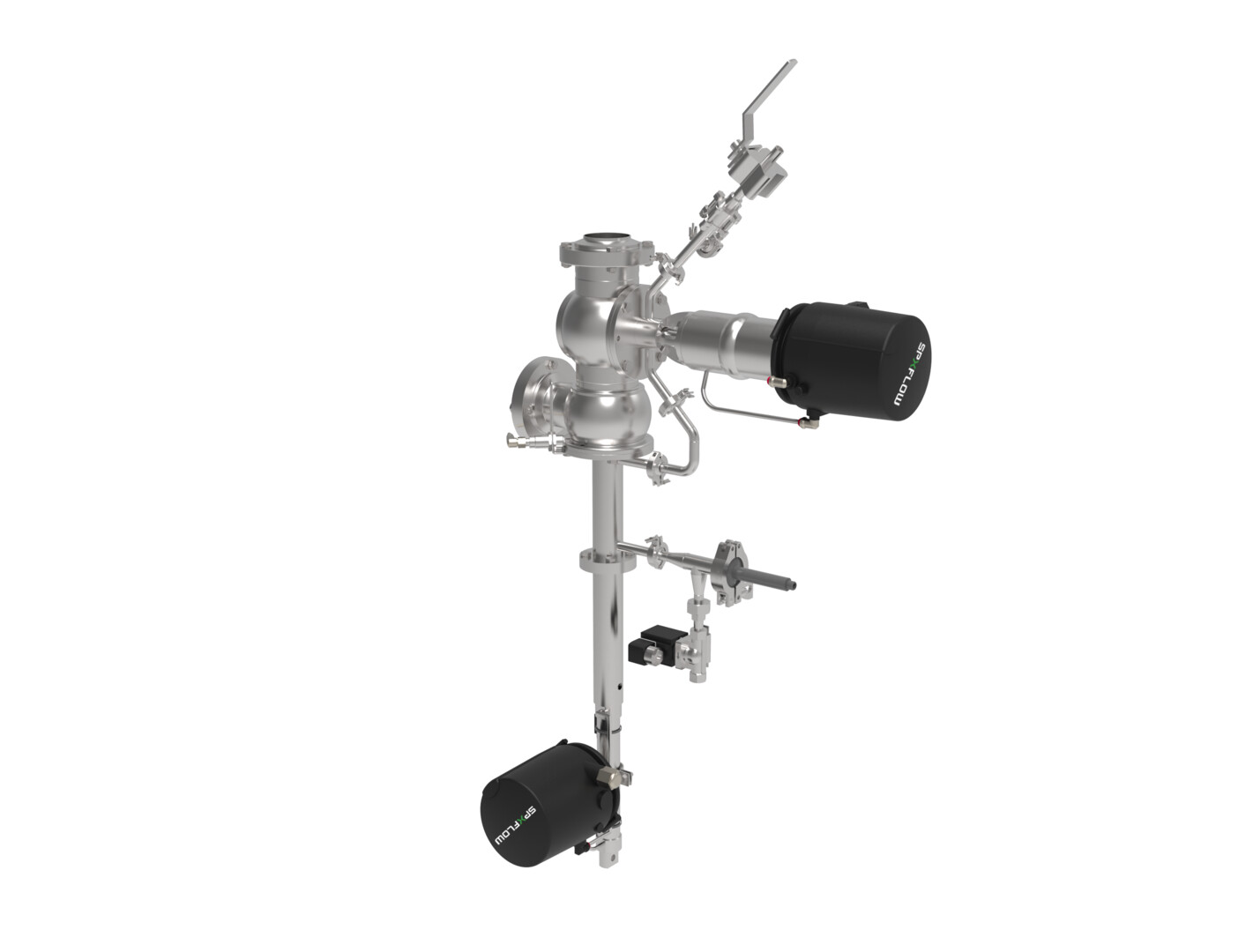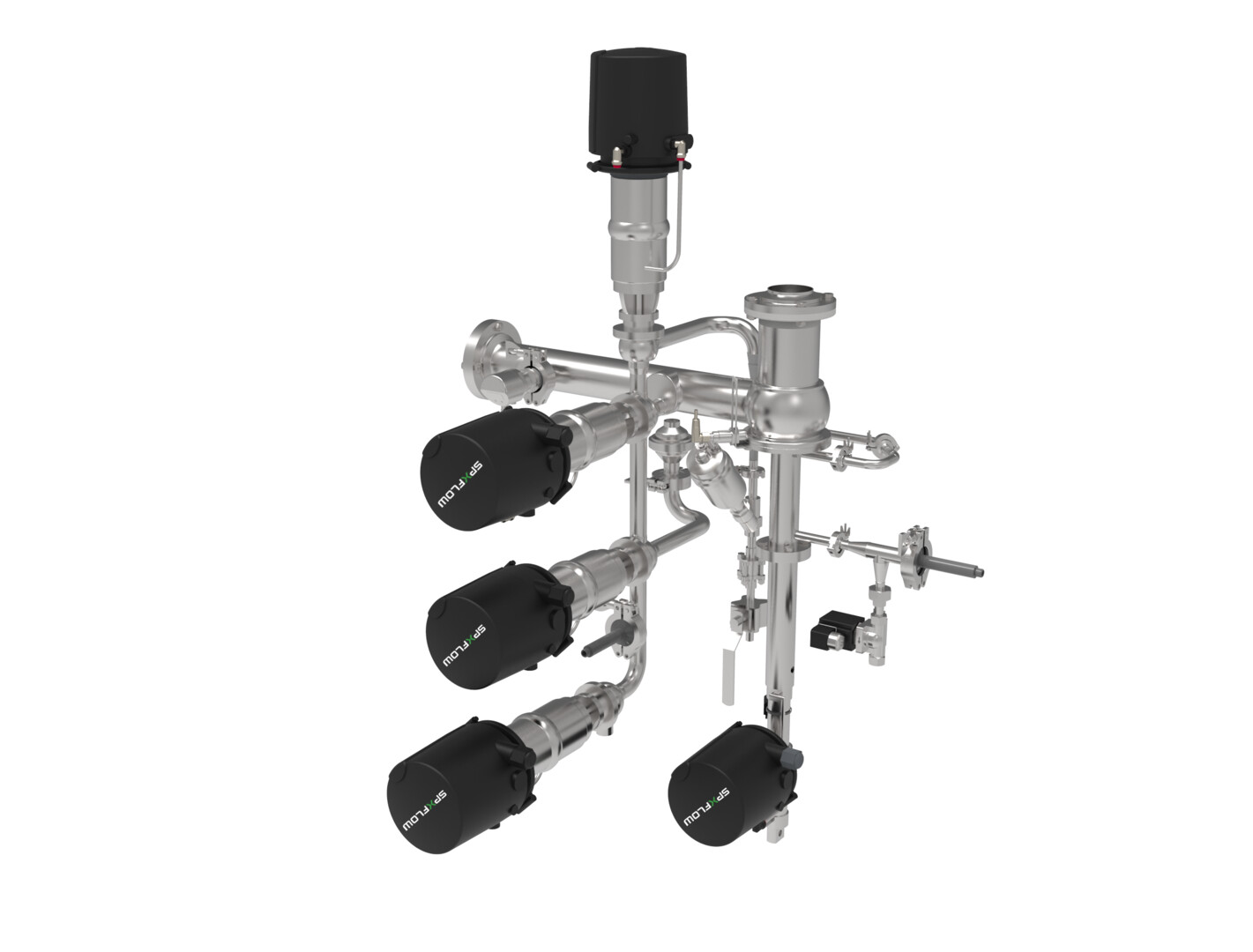FEATURES
Raise your Expectations
Aseptic Rapid Recovery System (ARRS) was engineered as a revolutionary pigging technology that is cleaner, safer and more productive than anything currently on the market. Whether your goal is to expand into ambient foods, recover more of your valuable product, or enhance the safety of the food you produce, the ARRS is available worldwide and can fit, or retrofit, to any system.
Recover More Food More Safely
One look at market trends and it’s clear that the global demand for ambient yogurt and dessert is on the rise. These foods are heat-treated after fermentation, providing the same health benefits as chilled, but with a longer shelf life. Production of ambient food requires an aseptic setup for downstream processing. And that’s where ARRS comes in.
Recover more valuable product
ARRS provides the highest hygienic process available for ambient, aseptic, highly sensitive, high value pH neutral applications along with high value viscous products such as creams, dessert cream, cosmetics and nutraceuticals. Our revolutionary pigging technology saves more of your high-value product than ever by reducing product loss from 4% to 0.5%* through a quicker cleaning process which translates to 50%* more up-time with less cleaning in place (CIP). This also helps reduce chemical and water usage by 60-70%*.
*Figures are indicative and depend on actual running conditions within the plant.



